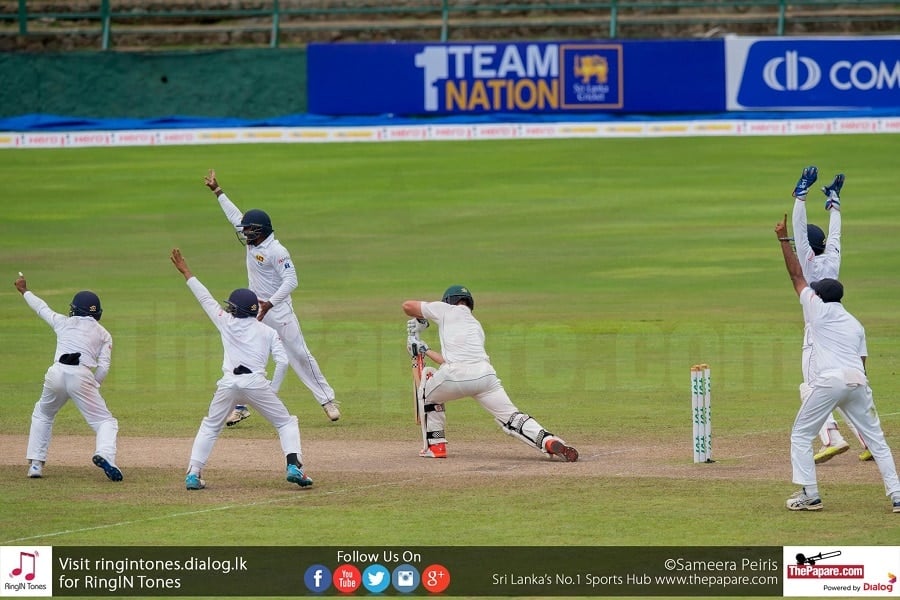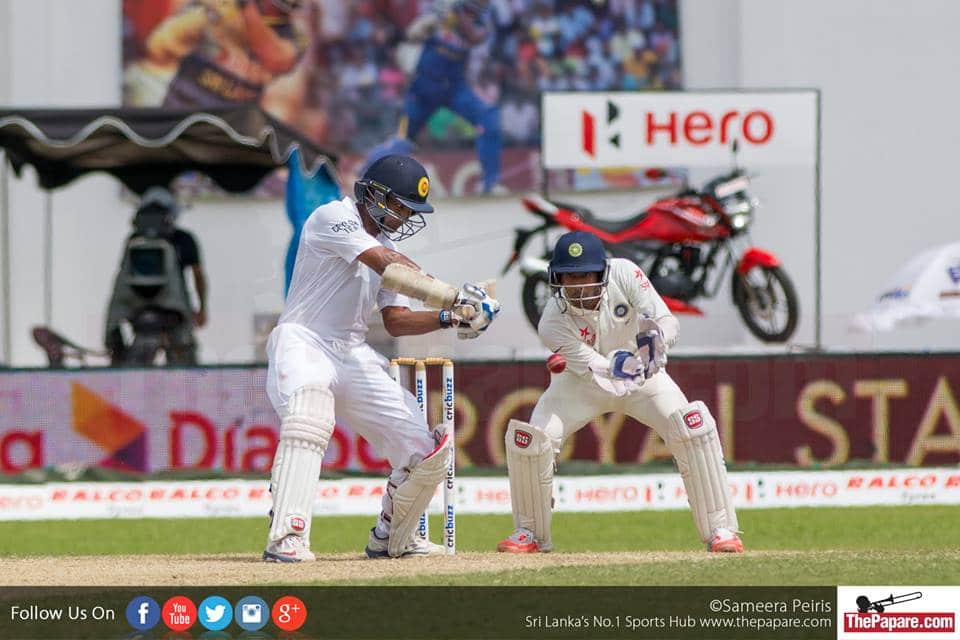Test Cricket has been played over the years due to this format of cricket being recognized as a true test of a cricketer’s skills, technique, concentration and mental toughness.
In the past, spectators had the time to come for the games with picnic hampers with the hope of watching days of entertaining cricket. However today, judging by the attendance at Test matches, the popularity of Test cricket seems to have waned due to the advent of Limited Overs Cricket and modern technology.
Years ago in India, capacity crowds filled stadiums on all five days of a Test match. It was also said that at some venues there were thousands of people outside the grounds, listening to commentaries over the radio while attempting to capture the atmosphere of the game which was taking place inside. Before Television became a household commodity all over the world, cricket enthusiasts had only the newspapers and radio to envisage a day’s play if they were unable to watch it live. However, today even in India, it is difficult to encourage spectators to come to the venue to watch Test cricket. It is only in Australia and England that full houses are seen at Test matches which is mainly due to the importance they place on the Ashes Series and the older generation of spectators still avidly following Test cricket. Tickets are sold out well ahead of the games and the spectators come well armed to watch a full day’s play. In all other Test playing countries poor attendances are the norm.

Today, all important cricket fixtures are given Television coverage. We live in a fast paced world where time is of the essence and multi tasking is a way of life especially to the younger generation. Cricket has become almost a religion to peoples of some countries like ours and the availability of the latest digital multimedia tools enable cricket enthusiasts to follow the run of play on their Televisions, laptops, phones and tabs while attending to their daily tasks. Play could also be taped and played back when one has time to watch at one’s own convenience. These tools also enable spectators to save on time and expenses they would have incurred on travelling, tickets and meals at the venue. As such, to follow the outcome of a game that lasts five days has becomes a challenge to most young fans of the game.
The cost of staging Test cricket is mainly subsidized by the income of TV revenue. 50 overs cricket and T20 cricket has gained such popularity that more often than not when international matches are played, stadiums are packed to capacity. When 50 overs cricket was played internationally, crowds flocked to witness matches as the game was lively and a result was assured at the end of the game. Of recent times, with T20 cricket being played internationally, the popularity of this game has even surpassed the 50 over game. We are now living in a world where the accent is on “instant results” or gratification and people want things to happen quickly and with results to go with it. Therefore the mindset of specially the younger generation is geared for T20 cricket, which appears to be the future of cricket.

The influence of limited overs cricket has had an impact on Test cricket as we now find that five day Test matches are over in three or four days. This is mainly due to batsmen not having the correct techniques and concentration which is required to play long innings in Test cricket. The risk taking mindset inculcated in batsmen through limited overs cricket, has led to a deterioration of batting standards in Test cricket. On the other hand, the accuracy of bowlers and the improvement in fielding standards due to limited overs cricket has also made run making a difficult proposition for batsmen in Test cricket. Players with good batting techniques in Test cricket are seen to be more consistent scorers even in limited overs formats. Virat Kohli, Joe Root and our very own Kumar Sangakkara are some names that readily come to mind. It is therefore seen that some aspects of Test cricket and limited overs cricket complement each other.
Poor spectator attendance and the inability of several teams to last the five days of a Test match has a serious impact on the income for Test cricket, as sponsors do not receive full mileage for their investment. As it is through the income generated from limited overs cricket that Cricket Boards are able to sustain Test cricket, it is hoped that this practice would be continued in the future too, as Test cricket is the bedrock of cricket and the ultimate test of a quality cricketer.














